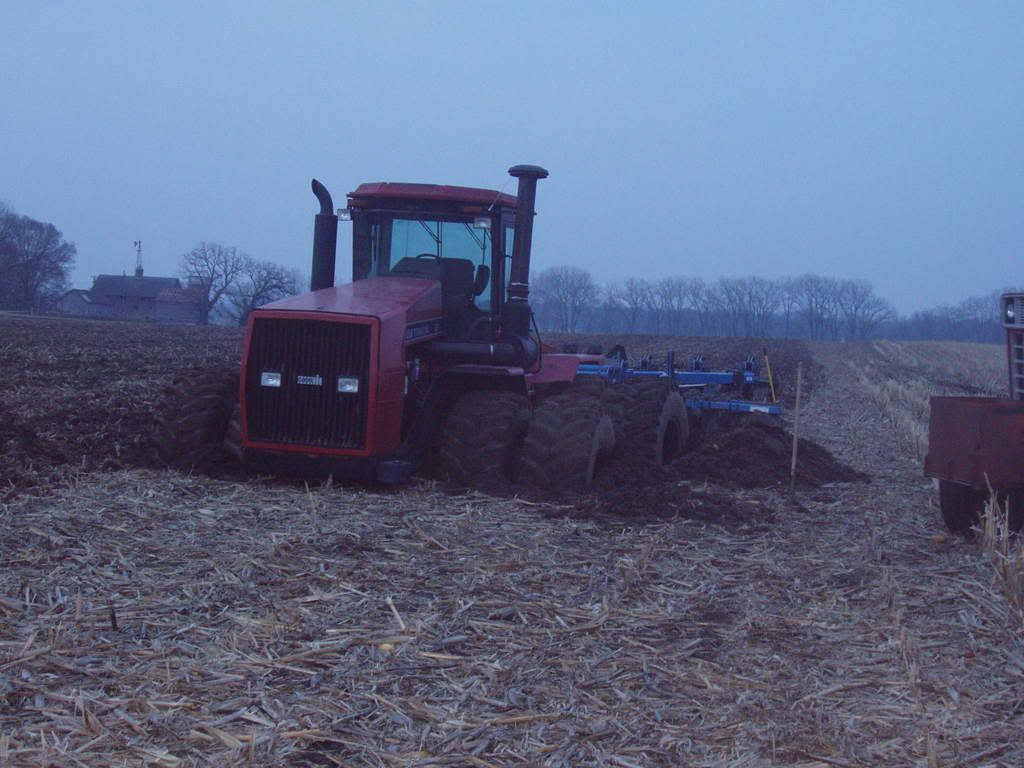Till Later, as this is by no means a goodbye,
Cameron Olson
My Cattle World
 |
| The question is not, "Am I ready for Texas?", but is rather, "Is Texas ready for me?" |
 |
| The question is not, "Am I ready for Texas?", but is rather, "Is Texas ready for me?" |
 |
| As they say in Texas, "Innee' Cay-yute?" He looks like he might blow away in a good, stiff wind. |
 |
| Momma Beefmaster and Baby Beefmaster X Limousin |
 |
| An artistic rendition of the ancient Auroch From: http://en.wikipedia.org/wiki/Auroch |
 |
| Bos Taurus humpless cattle evolved in Europe http://oxy-genca.com/winners%20circle.htm |
 |
| Bos Indicus humped cattle evolved in India http://www.brahman.org/brahman-information.html |
 |
| Some of these people can't even see the camera over the back of this Limo bull. |
 |
| This gent has a nice sharp shape to his hatbrim. from: http://www.stetsonhat.com/ |
I believe a man’s greatest possession is his dignity and that no calling bestows this more abundantly than farming. I believe hard work and honest sweat are the building blocks of a person’s character. I believe that farming, despite its hardships and disappointments, is the most honest and honorableway a man can spend his days on this earth.
I believe farming nurtures the close family ties that make life rich in ways money can’t buy. I believe my children are learning values that will last a lifetime and can be learned in no other way. I believe farming provides education for life and that no other occupation teaches so much about birth, growth, and maturity in such a variety of ways.
I believe many of the best things in life are indeed free: the splendor of a sunrise, the rapture of wide open spaces, and the exhilarating sight of your land greening each spring. I believe that true happiness comes from watching your crops ripen in the field, your children grow tall in the sun, your whole family feels the pride that springs from their shared experience. I believe that by my toil I am giving more to the world than I am taking from it; an honor that does not come to all men.
I believe my life will be measured ultimately by what I have done for my fellow man, and by this standard I fear no judgement. I believe when a man grows old and sums up his days, he should be able to stand tall and feel pride in the life he’s lived. I believe in farming because it makes all this possible | |||||||
| |||||||
 |
| Limousin Beef-Naturally so good, and when you raise it with added care, naturally so superior! Photo Credit: http://theroadislife.blogspot.com/2010/11/b-i-think-i-was-butcher-in-my-past-life.html |
| Eastside Missy, the million dollar cow. Missy sold for $1.2 million at the 2009 Toronto Royal Winter Fair, the second cow in Canada to break $1 million. |
 |
| Commercial cattle at Innisfail Auction Mart, Innisfail, AB |
 First and foremost, the good people, who, at this very moment, are trying to get their seed in the ground in attempts to grow wheat, barley, rye, corn, flax, oats, peas, sunflowers, potatoes, sugar beets, and such are unable to do so. The fields are too wet to put heavy machinery on, and a stuck tractor is no good for anybody. The mud also keeps the ground relatively cool for this time of year, which can slow or even prevent germination of any seed that may have already been sown. These problems will translate to small yields this fall, which will increase commodity price. That price will be offset by the consumer later this year, so be prepared for the price of everything to got up.
First and foremost, the good people, who, at this very moment, are trying to get their seed in the ground in attempts to grow wheat, barley, rye, corn, flax, oats, peas, sunflowers, potatoes, sugar beets, and such are unable to do so. The fields are too wet to put heavy machinery on, and a stuck tractor is no good for anybody. The mud also keeps the ground relatively cool for this time of year, which can slow or even prevent germination of any seed that may have already been sown. These problems will translate to small yields this fall, which will increase commodity price. That price will be offset by the consumer later this year, so be prepared for the price of everything to got up. For sure, water, while it brings the blessings of rapid growth and green pastures, is just as powerful and damaging as a prolonged and severe drought. To contrast our wet and wild ways, Texas is having one of the driest spells on record. Rainfall is as much as 20 inches below normal, and there are parts of the state that haven't had rain in almost eight months. Pastures are dead, crops are refusing to grow, and the summer hasn't even reached its peak yet. No matter where you are, the weather will always control agriculture. http://tamunews.tamu.edu/2011/06/07/texas-drought-continues-to-set-records-no-relief-in-sight/?utm_source=feedburner&utm_medium=feed&utm_campaign=Feed%3A+tamuNewsFull+%28TAMU+News+Articles%29
For sure, water, while it brings the blessings of rapid growth and green pastures, is just as powerful and damaging as a prolonged and severe drought. To contrast our wet and wild ways, Texas is having one of the driest spells on record. Rainfall is as much as 20 inches below normal, and there are parts of the state that haven't had rain in almost eight months. Pastures are dead, crops are refusing to grow, and the summer hasn't even reached its peak yet. No matter where you are, the weather will always control agriculture. http://tamunews.tamu.edu/2011/06/07/texas-drought-continues-to-set-records-no-relief-in-sight/?utm_source=feedburner&utm_medium=feed&utm_campaign=Feed%3A+tamuNewsFull+%28TAMU+News+Articles%29
 |
| The only one |
 |
| Same as it was then |
 |
| A popular place to visit |